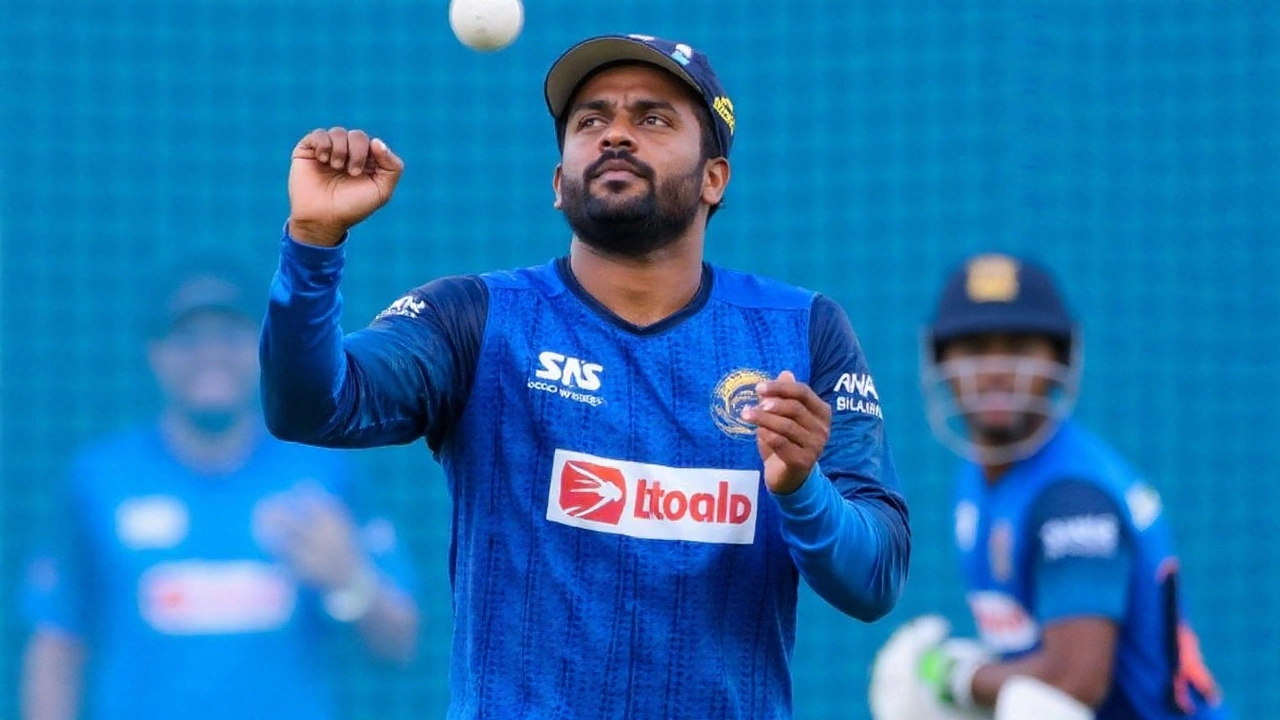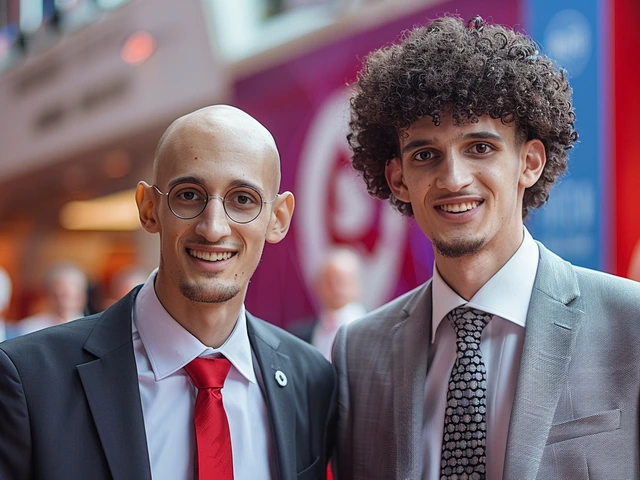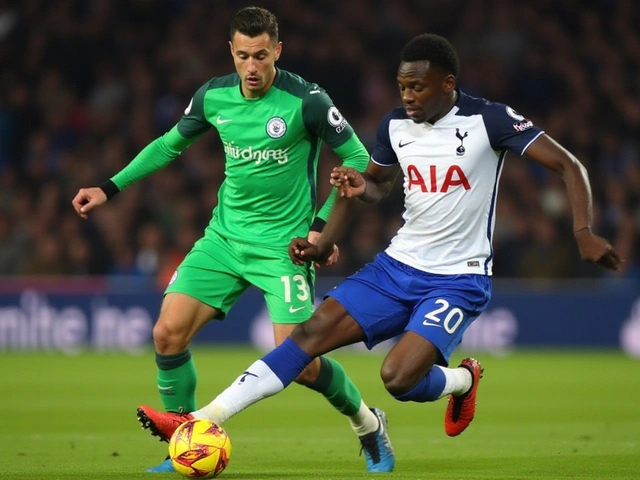Hasaranga cleared, Sri Lanka get their X-factor back
Wanindu Hasaranga is back where Sri Lanka need him most: on the field and in the thick of a regional title chase. The leg-spinning all-rounder has been passed fit for the Asia Cup 2025 after a hamstring strain in July put his season on pause and kept him out of the Zimbabwe tour. He returns at the expense of Dushan Hemantha, immediately boosting Sri Lanka’s spin threat and lower-order hitting as the team resets for a demanding September schedule in the UAE.
The timing matters. Sri Lanka’s campaign begins against Bangladesh on September 13 at Sheikh Zayed Stadium in Abu Dhabi, a venue where spin control and smart batting often swing tight games. Hasaranga’s rehabilitation, overseen by Sri Lanka Cricket’s medical team, focused on restoring strength and sprint mechanics—key for a player who bowls through power at the crease, fields aggressively, and bats with big strides and fast singles. A fit, confident Hasaranga changes the middle overs and the mood.
The 27-year-old brings the kind of balance coaches crave. With the ball, he attacks stumps and pads, especially dangerous when batters try to hit against the spin. With the bat, he is a clean striker who can finish an innings or rescue one. Sri Lanka missed both traits during his layoff. In 2024, he was their most reliable wicket-taking option in white-ball cricket, and his absence exposed gaps in control and late-innings punch. Slotting him back into a three-pronged spin unit with Dunith Wellalage’s left-arm angles and Maheesh Theekshana’s new-ball variations gives Sri Lanka clear plans for powerplay containment and middle-overs squeeze.
This recall also restores a familiar leadership voice. Even when he is not captain, Hasaranga is a tactical hub—setting fields, nudging seamers toward the right lengths, and reading match-ups quickly. Remember his early burst into international cricket—an ODI hat-trick on debut against Zimbabwe in 2017—and you’re reminded he rarely needs long to make a game bend his way.
In squad terms, the move is simple: Sri Lanka want their best wicket-taker and a proven finisher back in the XI, especially for a tournament where conditions tend to slow down as nights set in and where defending totals demands clever spin spells in the 7–16 over phase. He is also a safety rope when top-order plans misfire—capable of clearing the ropes or dragging a chase deep with calculated risks.
Asalanka’s blend: experienced cores, live-wire spin, and a statement opener
Charith Asalanka leads a 16-man unit that mixes senior hands with players still carving out their roles. The batting core looks settled around Pathum Nissanka’s tempo at the top and the guile of Kusal Mendis and Kusal Perera, with Kamindu Mendis offering flexibility across positions. Former captain Dasun Shanaka returns as a seam-bowling all-rounder, a pick that signals Sri Lanka’s preference for multi-skill options and sharper fielding across the ring.
Angelo Mathews, despite making himself available for shorter formats after stepping back from Tests, is not in this group. Selection has leaned toward mobility and role clarity: quicks who can hit the deck or nail their yorkers at the death, and batters comfortable rotating through spin-heavy spells. It’s a bet on range and speed, not just big names.
Where does Hasaranga fit across phases? Expect Sri Lanka to keep him for post-powerplay control and deploy Theekshana early if the ball grips under lights. Wellalage can operate as a matchup bowler against right-left combinations, with Hasaranga saving a couple of overs for the final third in case set batters need unsettling. With the bat, his best slot is the lower middle order, a launchpad from which he can target the shorter side and force captains to pull a fielder out of the ring.
Group B throws familiar puzzles at Sri Lanka: Bangladesh’s steady build-and-burst batting, Afghanistan’s explosive stroke-makers and high-class spin, and Hong Kong’s discipline in the field. The opener against Bangladesh carries layers—Sri Lanka’s attack will remember how that July series shaped the injury list, and Bangladesh’s left-handers tend to test wrist-spinners who stray even slightly. Sri Lanka’s analysts will likely circle Najmul Hossain Shanto’s off-side scoring areas and the value of bowling straight at the stumps, especially in Abu Dhabi where skids and the odd low bounce can drag LBWs into play.
Afghanistan, if conditions wear, create a chess match: Sri Lanka’s spin trio versus Afghanistan’s elite slow bowlers. Those games often hinge on who bats better at Nos. 5–8: can the middle order sweep, reverse, and run twos against fields set to throttle boundaries? That’s another reason Hasaranga’s return matters. He is comfortable turning strike against mystery spin and can change hands quickly when bowlers settle into a groove.
Hong Kong arrive as underdogs but typically punch above their weight with discipline, especially in the powerplay. Sri Lanka won’t want a scrap that drags late into the chase. Expect an emphasis on early wickets and tidy fielding—two areas Sri Lanka targeted during recent white-ball blocks.
Conditions are a subplot. Abu Dhabi can be kind to teams that bowl straight and field cleanly on the square boundaries. If dew settles, captains face the familiar toss question: defend with grip on the ball or chase with a slick outfield? Sri Lanka’s comfort with a three-spinner template allows Asalanka to stretch games into the teens with control, then hand the finish to seamers and a spare over of leg-spin if a right-hander is set.
There’s also the workload piece. Hamstrings don’t forget quickly, and Sri Lanka will manage Hasaranga’s sprint volumes between bowling spells and boundary fielding. Rotations across the group stage—especially in back-to-back matches—are likely. That doesn’t blunt his impact; it keeps him where he is most dangerous: bowling to new batters and walking in with the bat when the game tilts.
For Sri Lanka, the headline is clarity. Six Asia Cup titles, the last in 2022, came with different captains, varied formats, and shifting personnel. The constant in the wins has been middle-overs control and opportunistic batting. This current group leans into that identity. Asalanka, a calm presence at the crease, now has a set of bowlers who can flip momentum in two overs and a lower order that turns 15-an-over finishes from hope into plan.
Look for these tactical beats in the group stage:
- Use Theekshana early for drift and skid; hold Hasaranga for overs 7–15 unless matchups demand a quick strike.
- Pair Wellalage with a seamer to deny easy singles—two different release points make batters reset.
- Give Hasaranga a catching cordon at 45 and extra cover when he attacks the stumps; he thrives on miscues in those lanes.
- With the bat, keep a floater ready above No. 7 if the pitch is tacky—Kamindu Mendis can bridge to Hasaranga for a two-phase finish.
Selection-wise, Sri Lanka won’t rush to name a locked XI. The opener against Bangladesh could favor an extra spinner if the square looks dry. Against Afghanistan, they may counter with an additional seam option who can hit hard lengths and break stands. Shanaka’s inclusion gives the XI elasticity: he can slide up a slot in a chase or take the new ball if conditions hint at seam.
There’s pressure, sure, but also familiarity. Several in this squad have played in the UAE through franchise leagues and previous multi-team tournaments. They understand the rhythms—how a 130-run par can suddenly feel like 155 if wickets fall in clusters; how two tight overs after the 10th can decide everything. With Hasaranga back, Sri Lanka gain the one thing they missed most in July: a reliable way to force those clusters.
The calendar is tight. The Asia Cup starts on September 9, Sri Lanka enter on the 13th, and margins will be slim from ball one. A fit Hasaranga narrows those margins. He simplifies roles, sharpens tactics, and raises the ceiling. For a team with a rich Asia Cup history and a current captain keen to stamp his method on big games, that’s exactly the kind of returning piece you build a campaign around.







Posts Comments
Akshat Umrao August 30, 2025 AT 14:41
Finally! Hasaranga back in the XI is like getting a new battery for your phone 🙌 The way he flips games in the middle overs is pure magic. Sri Lanka just got a whole lot scarier.
Sonu Kumar September 1, 2025 AT 04:56
One must wonder, however, whether the decision to recall Hasaranga-despite his recent hamstring rehab-is not, in fact, a nostalgic indulgence rather than a tactically sound one. The medical reports, while publicly sanitized, remain opaque; and one cannot ignore the statistical dip in his sprint velocity post-injury, as documented in the Lankan Cricket Analytics Portal (LCAP v4.2).
sunil kumar September 2, 2025 AT 10:08
Interesting analysis. Hasaranga’s role as a tactical hub is often underestimated. His field placements and adjustments during spin-heavy overs are textbook examples of in-game intelligence. Theekshana and Wellalage complement him well, but the synergy between them needs to be tested under pressure.
Deepti Chadda September 3, 2025 AT 04:41
INDIA IS GOING DOWN IN THIS TOURNAMENT 😤🔥 HASARANGA IS THE REASON WE’RE GOING TO WIN THIS THING NO DOUBT
Anjali Sati September 3, 2025 AT 17:52
They brought him back just because he’s famous. The team’s been fine without him. And now they’re gonna burn him out again. Classic Sri Lanka.
Preeti Bathla September 4, 2025 AT 10:22
You think Hasaranga’s fit? Please. He’s barely running between wickets in practice. I’ve seen the clips. He’s walking more than sprinting. They’re just pretending he’s 100% so they can sell tickets. And don’t get me started on how they’re going to use him - he’s gonna be overworked and then crumble in the semis again. 😒
Aayush ladha September 4, 2025 AT 15:17
Sri Lanka doesn’t need Hasaranga. They need to stop relying on one guy to carry the whole team. This is why they never win big tournaments. Always one star, always one injury. Boring.
Rahul Rock September 6, 2025 AT 13:11
There’s something poetic about Hasaranga’s return. Not just as a player, but as a symbol - the quiet guy who doesn’t shout, but whose presence alone changes the rhythm of the game. It’s not just about wickets or boundaries. It’s about the psychological shift in the opposition. When he walks out to bowl, the batters don’t just see a spinner - they see a question mark they can’t answer. That’s rare.
Annapurna Bhongir September 7, 2025 AT 18:40
Hasaranga back. Good. Now let’s see if they actually use him right and not just as a gimmick.
PRATIKHYA SWAIN September 7, 2025 AT 21:25
This is the boost we needed! Let’s go Sri Lanka 🇱🇰
MAYANK PRAKASH September 8, 2025 AT 19:27
I’ve been watching Sri Lanka’s white-ball games since 2019. This squad feels different. Not just because of Hasaranga, but because they’ve stopped trying to be everyone else. They’re playing their own game - spin-heavy, aggressive in the middle, and smart at the death. That’s rare. And honestly? I’m excited.
Akash Mackwan September 10, 2025 AT 18:16
Oh wow, another ‘Hasaranga saves the day’ article. Newsflash: he’s not a superhero. He’s a guy who got lucky once and now the media acts like he’s the second coming of Muttiah Muralitharan. Sri Lanka’s entire strategy is built on hoping he doesn’t break again. That’s not a plan. That’s a prayer. And I’m tired of it.
Write a comment